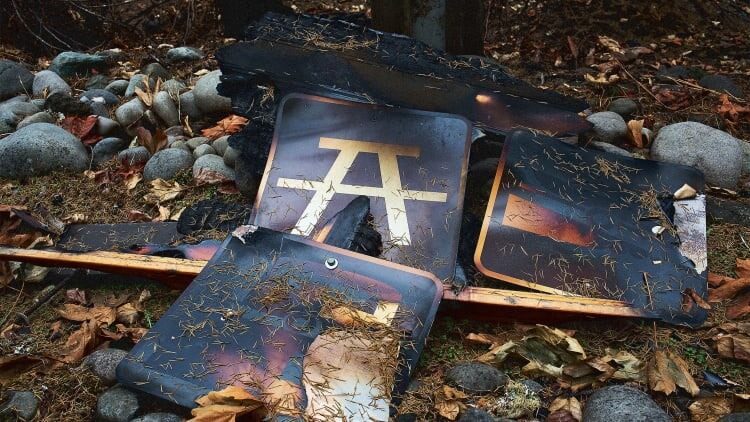- | 8:00 am
This urgent ad shows how climate change visuals are changing
Science Moms shifts imagery away from polar bears and toward the tangible effect climate change is having on natural spaces people may take for granted.

For years, advocacy groups have depicted the effects of climate change with imagery of polar bears and melting icebergs.
Science Moms, a nonpartisan climate advocacy group, is trying a different approach. Instead of spotlighting animals thousands of miles away, the group asks viewers to consider the ways global warming might impact—or already be impacting—their immediate experience with the natural world. The ad emphasizes how a person’s favorite natural spaces to visit again and again, like campsites, trails, and beaches, could very well disappear for good.
The 60-second ad, “Climate change is taking the places we love,” opens with footage of family vacations in the woods and at the beach. “If you knew this was your last trip to your favorite family camp spot before it went away, how would you spend it?” the narrator asks. The ad then runs footage of hurricanes and wildfires paired with audio from news reports. The closing message is a call to action: “Stop unnatural disasters.”
It’s part of a new $2.5 million campaign from the group, which was founded in 2021 by climate researchers and scientists from the Nature Conservancy, the University of Arizona, Colorado State University, Columbia University, the National Center for Atmospheric Research, and elsewhere. The ad will air until September 30 in the swing states of Arizona, Georgia, Michigan, North Carolina, Pennsylvania, and Wisconsin, according to E&E News, an environmental news outlet owned by Politico.
Climate disasters are becoming more commonplace—and costly. In 2023, there were 28 weather- and/or climate-related events across the U.S. that each caused upwards of $1 billion in damage, including floods and tornadoes. There were some 55,500 wildfires (including the devastating firestorm on Maui last August) and three hurricanes that made landfall, the highest number since the National Oceanic and Atmospheric Administration began its tracking. Natural disasters in the U.S. are hitting coastal areas and areas prone to wildfires and drought especially hard.
Shifting the lens
The ad is part of a larger movement to tell new stories about a warming planet by showing the direct impact of climate change on people’s everyday lives, shifting from a far-away idea to a tangible issue for millions of us.
That approach squares with current studies around climate change communications. Best practice today is to show real people, as well as local and emotionally powerful impacts, according to climate photography resource Climate Visuals. (British climate change charity Climate Outreach runs the library.) Adobe suggests something similar. In a 2021 blog post, the design software company said good environmental photography should be local, capture the moment, and tell a story. Back in 2019 in an effort to convey “the scale of the impact,” The Guardian announced it would use fewer images of polar bears and more images that show “the direct impact of environmental issues on people’s daily lives.”
Science Mom’s message is that extreme weather events that affect you and your family are getting worse due to the link between extreme weather and the burning of fossil fuels. “What we’re seeing today is unnatural, and it’s putting the people and places we love in danger,” the group says on its website, which has links to sign up for its mailing list, to find a local group near you, or to learn more about climate change.
Images from the Arctic might suggest climate change is only something happening far away, but by bringing to mind family vacation spots, climate communicators can center the issue much closer to home. And by using the term unnatural disasters, Science Moms makes the argument that not only are extreme weather events not normal but also that there’s still a chance to turn the tide.





































